How to Prepare for Monsoon Season
As monsoon season approaches, it is important to take necessary precautions to ensure the safety of yourself and your loved ones. I know for some states and other parts of the world, it’s already here! Heavy rainfall, strong winds, and lightning are some of the hazards associated with this season. Here are some steps you can take to prepare for monsoon season. Now is the perfect time to get prepared for any monsoon storms that may be headed your way. How to Mentally Prepare Your Family for Prepping
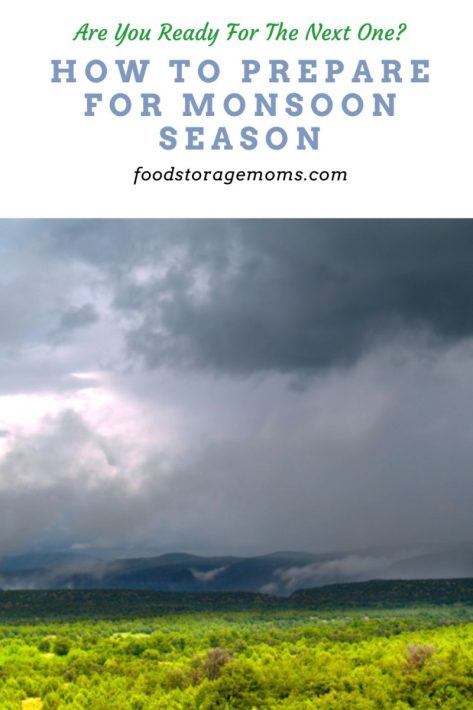
When is the monsoon season?
Monsoon season varies depending on the region. However, in general, monsoon season typically occurs during the summer months in areas such as South Asia, Southeast Asia, and parts of the southwestern United States. For example, the Arizona monsoon season usually begins in June and lasts through the end of September. With the current heat being experienced in Arizona, it’s hard to believe Arizon’s monsoon season is anticipated. Phoenix just set a new record with 19 consecutive days with daytime temperatures at 100 degrees or above. Arizona summers can be brutal with the extreme heat!
Some years ago my husband Mark spent a few months in Tucson, AZ during monsoon season. He told me he was amazed that many of the streets and roadways were designed to act like an aqueduct to help channel the heavy water flow. He remembers reading about a family who was swept away in their VW when they didn’t heed the signs to stay clear of certain intersections during a heavy storm.
In India, the monsoon season starts in mid-June and lasts until September or October. Heavy monsoon rains are no joke and can cause flash flooding, heavy winds, and pooling of water.
- How to Prep for Hurricane Season
- How to Survive a Tornado
- 11 Ways You Can Prepare for a Wildfire
- How to Emergency Prep for a Winter Storm
1. Check Your Home for Leaks
One of the first steps in preparing for monsoon season is to check your home for any leaks or vulnerabilities. Water damage can cause significant damage to your home and property. Start by inspecting your roof for any cracks or holes that may allow water to seep in. Check windows and doors for any gaps or weak spots that could lead to leaks. Consider investing in weather stripping and sealants to reinforce these areas. Excess water can seep into your home through leaks in your home’s foundation too. If you’ve had issues before, it may be time to seek out those foundation cracks and make sure they’re sealed properly. You certainly don’t want water in the house causing moisture damage, including mold that can prove a real problem.
- How To Turn Off The Gas And Water To Your House
- Water: Do You Have Enough Stored?
- How To Store Water-Pros And Cons
2. Clear Gutters and Drainage Systems
Don’t wait for a storm-related weather forecast from the National Weather Service to take action. Before storm season, another important step in preparing for monsoon season is to clear out your rain gutters and home’s drainage systems. Clogged gutters, down spouts, and drains can cause water to accumulate, leading to possible flooding and water damage. Remove any debris such as leaves, twigs, and branches that may be obstructing the flow of water. Consider installing gutter guards to prevent clogs from forming in the future.
3. Stock Up on Emergency Supplies
In the event of a power outage or emergency, it is important to have some essential emergency supplies on hand. Make sure you have enough food, water, and medication to last several days. Flashlights, batteries, and a first-aid kit should also be readily available. Consider purchasing a portable generator to provide backup power in case of an extended outage. As someone who considers themselves prepared, a home emergency kit is critical for the safety and protection of all family members.
4. Trim Trees and Shrubs
High winds and heavy rain can cause trees and shrubs to topple over, causing damage to your property or neighboring homes. Trim back any branches that may be overhanging your roof or touching power lines. Remove any dead or diseased trees or shrubs that may be at risk of falling. Getting those big tree branches out of the way is such a good idea.
Young trees without much of a root system are particularly susceptible to damage from winds clocked at 50, 60, or 70 MPH. Combine that with heavy rains that saturate the ground, and you can see why these young trees should be staked and provided support with tie-downs.
5. Secure Outdoor Furniture and Equipment
Outdoor furniture and equipment can become dangerous projectiles during monsoon season. Secure patio furniture, grills, and other outdoor equipment to prevent them from being blown away by high winds. Store these items in a garage or shed if possible and away from problem areas that are subject to prevailing winds during monsoon season.
6. Check Your Insurance Coverage
Review your homeowner’s insurance policy to ensure you have adequate coverage for any potential damage caused by the storms during monsoon season. Consider adding flood insurance if you live in an area prone to flooding. Take photos or videos of your property before the storm hits to document any damage that may occur. Is Flood Insurance Worth It?
7. Stay Informed
It is important to stay informed about weather conditions during monsoon season. Keep an eye on local news and weather reports for updates on any approaching storms. Make sure you have a way to receive emergency alerts, such as a weather radio or smartphone app. Have a plan in place for evacuating if necessary. Often, winds will knock out power to your home. Have a crank radio or extra batteries for your regular radio so you can still receive communications regarding weather-related events in your immediate area.
Monsoon season can be a challenging time, but with proper preparation, you can minimize the risks and protect yourself and your property. By following these steps, you can ensure that you are ready for whatever the season may bring.
What is a monsoon capable of?
- Heavy rains
- Power outages
- Flash floods
- Severe thunderstorms
- Wind damage
- Causing drainage issues
- Lightening strikes
- Damaging your home’s drainage system and your home’s foundation
- Dust storms with related visibility problems
Additional Tips for Monsoon Season
- Make sure you don’t have a leaky roof or water seepage in your home.
- Ensure you have a family communication plan.
- Sign up for severe weather notification services.
- Talk about a worst-case scenario and have a plan in mind.
- Make sure all of your important documents are put in a safe place and high enough to stay dry.
- Make sure you have a nice stockpile of non-perishable food items.
What are the hazards associated with monsoon season?
Monsoon season can bring heavy rainfall, flooding, strong winds, including dust storms, and lightning strikes. These hazards can cause damage to homes, property, and infrastructure, as well as pose a threat to personal safety. The lightning and thunder often associated with severe storms can prove frightening to young children and pets. They both should be kept inside so the lightning isn’t a risk, and you should try to comfort them with food and some fun entertainment so they won’t be as afraid.
How can I prepare for the monsoon season?
To prepare for monsoon season, you can take steps such as checking your home for leaks, clearing gutters and drainage systems, stocking up on emergency supplies, trimming trees and shrubs, securing outdoor furniture and equipment, checking your insurance coverage, and staying informed about weather conditions.
What should I do during a monsoon storm?
During a monsoon storm, it is important to stay indoors and avoid going outside unless absolutely necessary. If you must go outside, avoid standing near tall trees or metal structures, and stay away from bodies of water. If you’re driving, if it’s safe, pull over to the side of the road and turn on your hazard lights until the storm passes.
How can I stay safe during a flood?
If you are in an area that is at risk of flooding during monsoon season, it is important to heed any evacuation orders issued by local authorities. Avoid walking or driving through flooded areas, as the water may be deeper than it appears and could contain dangerous debris. If you are caught in a flash flood, seek higher ground immediately.
More Tips for Natural Disasters
- 13 Prepping Tips if You Live By the Beach
- Should We Rebuild After Natural Disasters?
- What Happens 72 Hours After Disasters
Final Word
Monsoon season can bring a variety of hazards and challenges. However, by taking the necessary precautions to prepare for the season, you can minimize the risks and protect yourself and your property. May God Bless this World, Linda
Copyright ImagesL Monsoons at Tonto National Forest Depositphotos_7496840_S

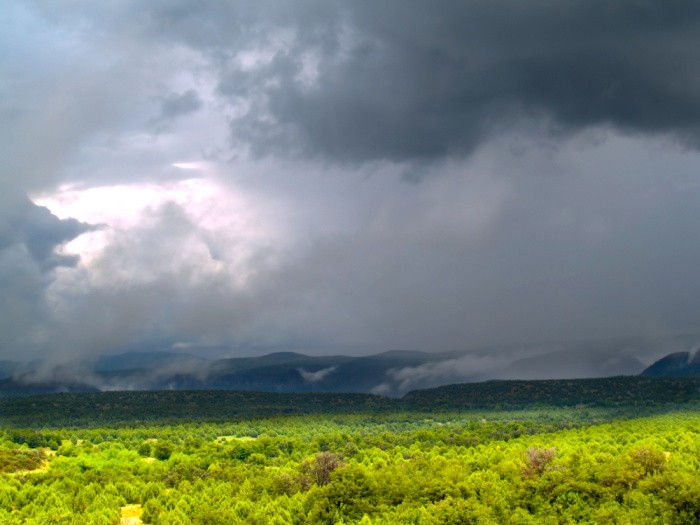

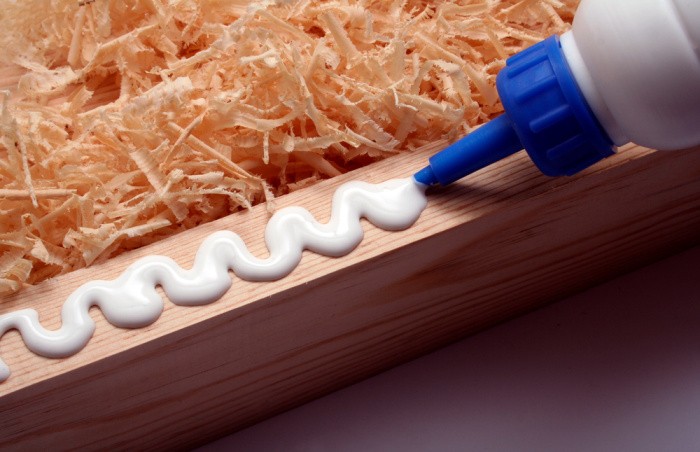
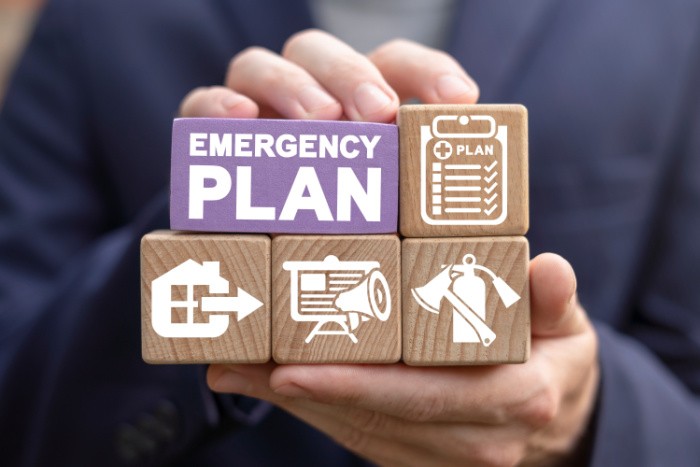
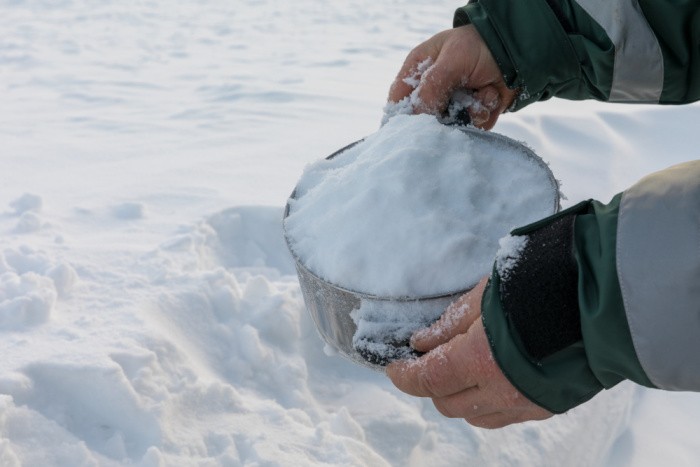
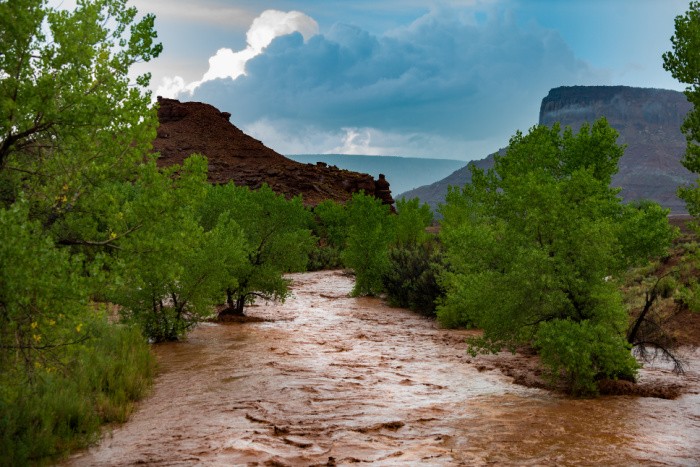
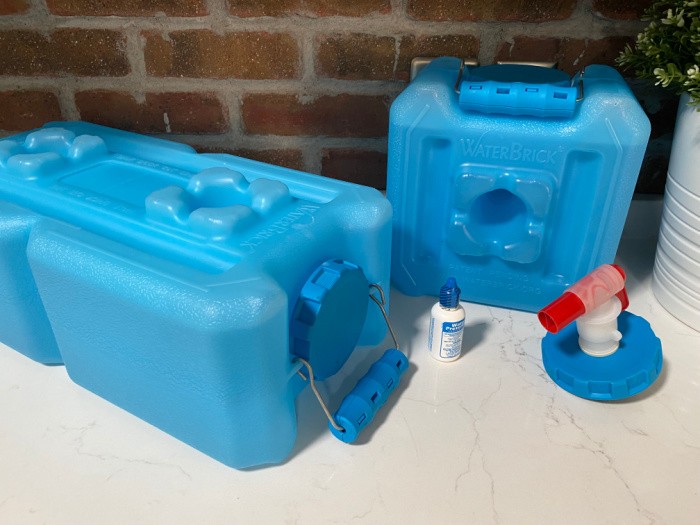
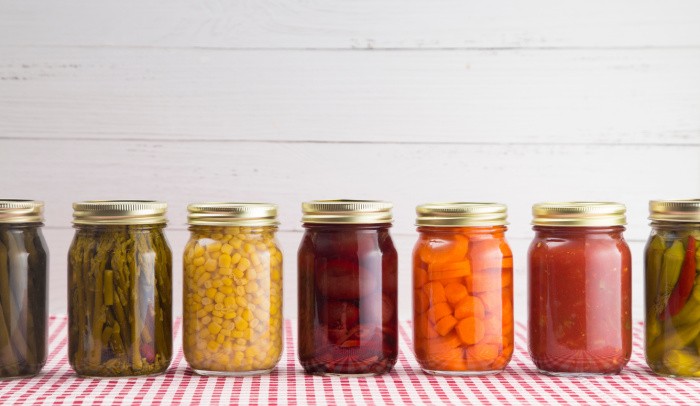













Living in Florida with the hurricanes and tornadoes, growing up in MN with blizzards and tornadoes, I know the importance of being prepared. One item that people need to do, when you first hear of a storm coming your way GET GAS. Do Not Wait until the last minute, you’ll find long lines – no gas.
Hi Barb, you nailed it! Do not wait to fill your gas tanks, great reminder!!! Linda
Send us one. We had almost daily severe thunderstorms during May, a dribble of sprinkles the first week of June amounting to a total of about a half inch. Nothing measurable since then. We are powder dry and under severe water use restrictions. Luckily, our type of water use is not really restricted. We can water all of our potted plants, use soaker hoses to save our minimal shrubs as well as all inside water use. I am considering rerouting the discharge from our washing machine to the outside for watering plants. There are folks near us that have 5 acres of manicured lawn that are turning a dark shade of brown. Our yard is all native stuff that will bounce back if we ever we get significant rain. Isn’t geoengineering of our climate wonderful????
Hi Harry, I have to tell you there is the cutest lady down the street who wants to conserve water, she grows beautiful flowers to attract bees and help pollinate her garden. The city is fighting her request to put in artificial turf in her front yard. In Southern Utah so many people had it and you could not tell if their grass was real or fake. It’s expensive and has very little maintenance. No water required, people we are in a drought…..anyway, I’ll get off my soap box. We must conserve water or we will have a Great Salt Lake totally dry or yeah, it’s totally dry spreading chemicals my way. LOL! Funny not funny! Thanks for telling me about that Harry, the chemicals! You’re the best! Linda
Hi, Linda.
Great article, as usual; thank you, Linda! A few words about central AZ summer monsoon season:
1) Each afternoon monsoon storm is usually preceded by a serious dust storm. In farming country, the visibility is often less than to the front of your car’s hood — not kidding! The wind gusts driving the dust can approach 50 mph, so whatever you need to have sand-blasted, hang it out.
2) The dust is high in silica — toxic (silicosis).
3) Arizona has a stupid motorist law. If you drive into a running wash, if you survive, & if you need to be rescued, be prepared to pay a hefty fine for your stupidity. Less than a foot of running water can wash your vehicle & your family downstream; your survival is iffy.
4) After the dust storm, then the rain begins & is often falling almost horizontally. You’ll find leaks you never thought possible. Wind directions can reverse abruptly; that’s when you need to be sheltered against the next item in this list.
5) Outflows from the storms contain micro-bursts & an occasional tornado or 13. The tornadoes aren’t as large & long-running as those in Matt’s territory, but they can put your roof, belongings, & you 1/4 mile away. The micro-bursts are more common & usually more damaging. We inherited an amateur radio operator’s guyed antenna tower that way, along with some nice sheet metal.
6) Get a NOAA weather receiver, & keep the batteries in it fresh! When there’s even a possibility of a storm approaching, pull up the NWS/NOAA weather radars on your smartphone; also activate the weather warning feature on your cell phone.
7) Get busy & go for your amateur (ham) radio license. Testing no longer requires Morse code, & a technician-level license gives you access to a bunch of emergency bands (some are listen-only); even without a license you can listen all you want. An entry-level highly capable hand-held transceiver radio kit is about $20 — mighty inexpensive insurance! Linda, I think you mentioned amateur radio in a previous post, but it bears repeating. People put too much faith in cell phones without any thought to a back-up comm system which could turn into a primary comm system. Amateur radio is a crucial resource for just about any disaster.
Linda, I have a 2-page pdf ‘amateur radio basics’ if you’d like…
Keep up the great work! Bev & I always look forward to your posts & to the comments they draw. A lot of people have a lot of valuable information!
HI Bev and Gary, thank you for sharing this great information. I have a daughter that lives in Flagstaff, and a granddaughter moving to Tucson in a year. This comment is valuable to everyone. You know, I bought the Ham Radio Book, I was going to take some classes in Southern Utah. I never did, and your encouragement is helping me to get into gear. I would love the 2 page pdf. My email is foodstoragemoms@yahoo.com
I had no idea there were fines if you had to be rescued. I grew up in Las Vegas, Nevada, and we had a car or two pitted from sand storms and water rushing where we never had water when a bad rainstorm hit. Your words will help so many people, thank you, my friend. Linda
When I saw the title–all I could think of was the photo of my dad, stationed in India during WWII, standing knee-deep in water from the monsoon–and written on the back, “And I asked for rubbers!”
Hi Rhonda, oh my gosh, now I have the giggles! This is the best story ever! What a great picture to have in your picture album! It’s not funny he was knee deep in monsoon waters, but you I know what I mean! Linda
Linda,
Bev and Gary have the right of it.
Here in Kingman we’ve had zero monsoon so far and man are we ever ready for it.
Hi Ray, I hear you, it’s so hot and dry in Arizona. Hopefully, you will get a small monsoon, not too much but more than enough to use what you need! Linda